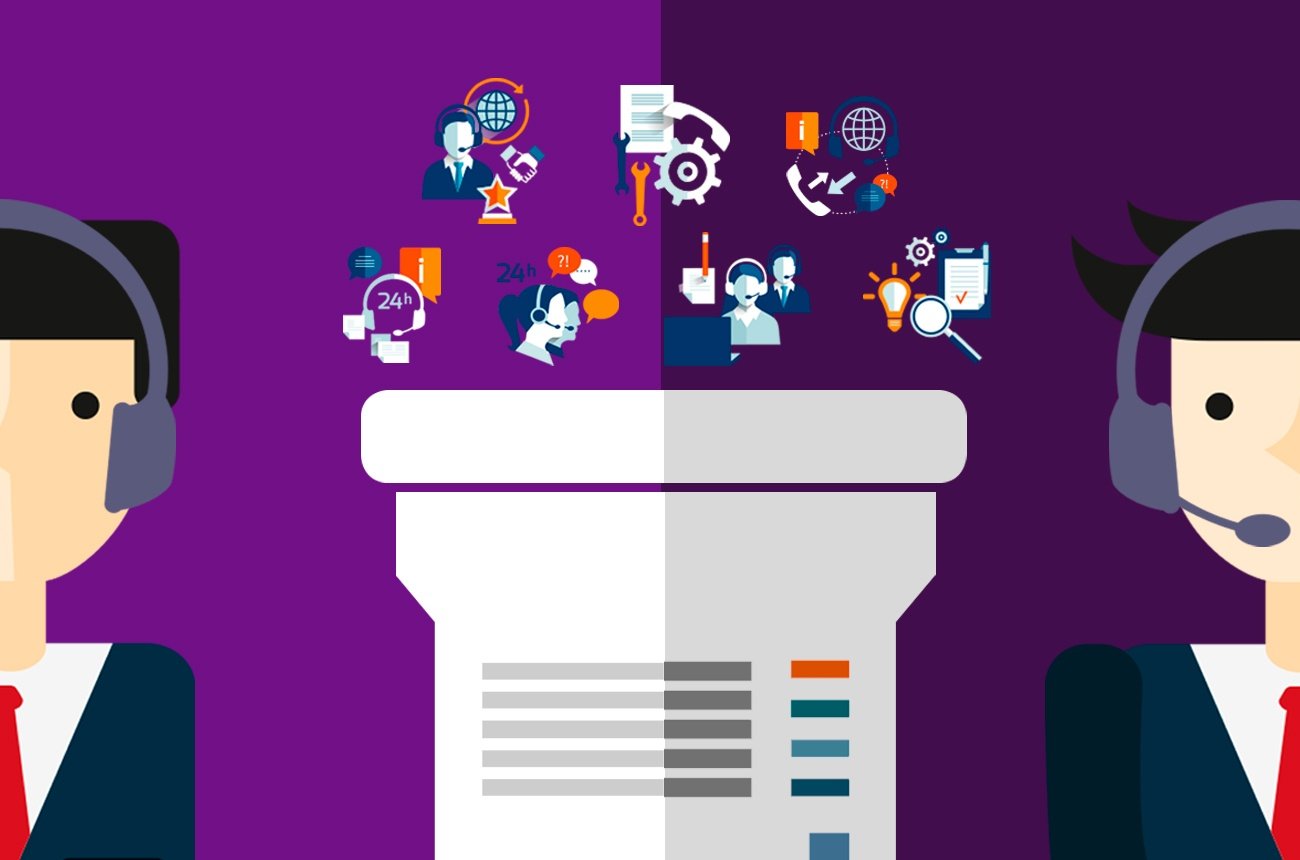What Should You Measure In A Call Center Quality Assurance Scorecard?
You’ve chosen to start a quality assurance program in your call center. You want to boost your customer service, enhance your agents’ performance and establish a stronger workforce right across the board.
These are noble intentions, but there are many different elements of a solid quality assurance process you need to get right. One of the most important and practical is the QA scorecard.
In this post, we’ll take a closer look at quality assurance scorecards and answer all the essential questions.
What is a scorecard?
Integrating a strong quality assurance program into your call center can transform your customer experience, empowering agents to deliver the very best service. Research shows that just 49% of American consumers believe businesses provide a good experience, which means a huge number of companies are missing the mark.
A quality assurance scorecard is a user-friendly, practical tool to measure your employees’ customer service. This is basically a checklist of questions you can use to assess agent performance and identify their strengths and weaknesses objectively. These apply to various aspects of a customer interaction, offering a comprehensive overview of the call.
One of Playvox’s features is the option to build integrated custom scorecards so you can do your entire quality assurance process without having to switch back and forth between different programs and excel sheets.
How do you use scorecards?
Once you know which metrics to hold your customer agents accountable to, QA scorecards are quick and easy to create. You should aim to keep them concise, touching anywhere between 10 to 20 different points.
After a scorecard checklist has been finished, a score (based on a percentage) will be assigned to the agent’s overall performance. You will need to consider which metrics suit your call center, your employees and your company goals/values best.
Related: 8 Steps To Creating An Effective Scorecard
It’s essential to define your key goals in each interaction when creating scorecards. Your agents are the voice of your company and every customer interaction is a chance for them to delight and surprise your leads and customers.
What benefits do scorecards offer?
Pinpoint mistakes
71% of consumers stopped doing business with a brand because of poor service, and you can be sure some (if not all) shared their bad experience with friends, relatives and all of their social media network.
The right scorecard will help identify where your agents can improve so you can create targeted trainings. Your QA analysts can gather invaluable data from a collection of scorecards, gaining a vast overview of your employees’ efficiency.
At Playvox, we’ve taken analysis even further, by allowing team leaders and managers to easily generate reports based on:
- Coaching opportunities (view scorecard questions which garnered low scores, and the agents who scored these results) and invite those agents to coaching sessions based on the customer service problems identified.
- Coaching by QA agents (check out agent rankings and provide coaching to underperformers)
- Coaching by QA sections (view scorecard sections requiring reinforcement)
- Scorecard overview (How many passed/failed each question of the scorecard)
- And much more
Here you’ll be able to see what opportunities are being missed, which areas demand closer attention, who are your top performers and who needs a boost?
Gather data for feedback
The above information equips you with the right tools to deliver more productive feedback.
Concrete feedback with substantial data paves the way for personalized and targeted training that builds your staff’s skills. The scorecards themselves can be referred to as an aid during your feedback sessions.
Related: 7 Tips For Giving Positive Employee Feedback
Encourage collaboration between QA teams and agents
Creating scorecards gives you an opportunity to involve agents and gather opinions on what they believe are most important to good service.
This helps to make your team feel more valued and offers the chance to see your call center’s services from a different perspective. As a result, you may pick up on useful ideas you might have missed otherwise.
Monitor progress
Every call center can use scorecards to measure progress as the quality assurance program develops. How well are agents absorbing their coaching and/or training? What impact is this having on your customer experience? Are certain areas still being overlooked or is your team progressing on target?
Furthermore, you can keep adjusting scorecards to suit your workforce’s evolution and development, tweaking metrics as required.
What elements should you measure in your scorecards?
When creating custom scorecards, you have a large variety of metrics to choose from. Measuring your customer interactions isn’t always easy, but with proper consideration you’ll be able to settle on the most valuable factors to measure in your scorecards.
You should be looking at the following main areas:
Responsiveness
Responsiveness covers a number of elements. Obviously, the speed with which your agents answer calls is important: nobody likes being left on hold for minutes at a time. This is especially frustrating when you’re on a tight schedule or have previously gotten through only to have your connection cut.
If you find your customers are being left on hold for longer than they would prefer during your quality assurance, look to your scorecards to give you answers.
Were your agents able to answer questions in a timely manner? Did they find any necessary information quickly? Did they leave periods of silence or did they keep callers engaged?
Knowledge
Your agents have to demonstrate strong product and service knowledge to satisfy customers. If your employees struggle to answer questions or provide the details required, they — and your entire call center — may appear unprofessional and incompetent.
Do you have a thorough and easy to access knowledge base? Do you provide continuous training?
Having a CRM is also a must, allowing your customer service agents to access customers’ historical data and records of previous interactions, so they can anticipate your customers’ need.
Attitude
A polite attitude and a friendly, sympathetic tone are essential for a good customer experience. Did the agent greet the caller warmly? Were they able maintain composure under a tense situation?
Scorecards should cover agents’ greeting, tone and language which should all be in line with your brand’s feel.
Alignment with company culture
Agents’ service must align with your company culture and represent the business to the highest standard.
Did they follow the script? Was their language and behavior reflective of the quality you aspire to? Did they attempt to upsell? Did they stick to established procedure?
Problem resolution
Resolving problems quickly and easily is critical. First call resolution is the ideal, but it’s not always viable.
Look at your agents’ ability to identify the customer’s problem. Did they provide a helpful solution? Was any information or advice easy to understand? Was the customer satisfied with the quality of service and a solution offered by the end of the call? Were all answers accurate and simple to follow?
Follow-up service
If a follow-up was required, did the employee call the customer within the time agreed? Was the customer satisfied that their issue was resolved? Were follow-ups performed through the consumer’s preferred channel?
Scorecards play a crucial role in your quality assurance program. By investing in a high-quality, innovative QA system, you can build your own scorecards that truly reflect the needs of both your company and your customers. Measuring performance based on the various elements you believe most suitable will help you keep refining and improving your customer service over time.
Have you started using scorecards in your quality assurance program? What benefits have you seen?







